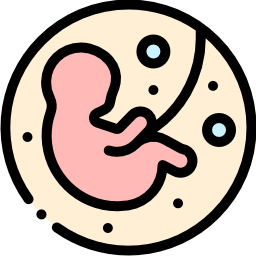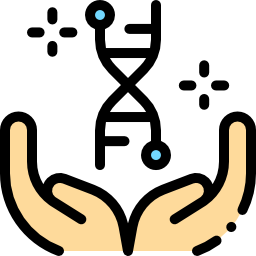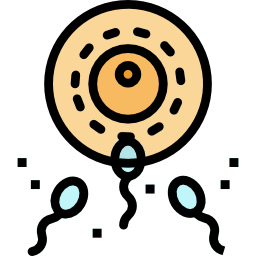How is Artificial Insemination (IUI) Performed
How is Artificial Insemination (IUI) Performed
It is a treatment option for specific conditions. The cost of this treatment option is low. Although the success rates of intrauterine insemination (IUI) are not as high as those achieved with the in vitro fertilization (IVF) method, it can be performed before IVF in some specified patients.
To achieve treatment success with IUI; the patients' tubes should be open, there should be no intrauterine polyps, fibroids, membranes, etc. that may prevent implantation, the spermiogram results should be normal, and the ovarian reserve should be appropriate.
On the third day of the menstruation, an ultrasound examination is performed. Then, appropriate dose of medications is started, aiming to grow 1 to 2 eggs. The average length of treatment is 10 days. In the first 8 days of this treatment period, the woman will take medications to grow the eggs. The growth of the egg cells is monitored at regular intervals until they reach an average diameter of 20-22 mm. At this stage, an injection is made to make the egg cells mature and crack. After 36 hours following the injection, male sperms are purified and released directly into the uterus of the woman with specially designed thin and soft cannulae. This way, both the growth and cracking of the egg is ensured, increasing the likelihood of of the sperm to reach the mature and cracked egg cell in the uterine tube.
This treatment method is advantageous because it is painless, inexpensive, and the procedure can be performed in a short time.
Treatment success depends on the type of the sperm purification technique. The use of microchip method for sperm sorting results in a 25% rate of achieving pregnancy in artificial insemination. The success rate of artificial insemination is 20% when the buoyant or gradient separation method is used for sorting sperms.


Other Topics

General Information
After thoroughly investigating all potential causes of infertility in the couple, the underlying causes are identified and treatment options are reviewed.
Read More
How is Artificial Insemination (IUI) Performed
It is a treatment option for specific conditions. The cost of this treatment option is low. Although the success rates of intrauterine insemination (IUI) are not.
Read More
What is In Vitro Fertilization (IVF) Therapy?
It is the most preferred treatment option achieving high success rates in current technological advances. Unlike the ovulation induction method, this method aims to grow 7-15 egg cells.
Read More
Egg Freezing (Oocyte cryopreservation):
Unfortunately, the reproductive potential of women declines by advancing age. Because both the quality and quantity of a woman's eggs, diminishes with age while the uterus maintain its ability to carry a pregnancy.
Read More
Tese/Micro TESE & Sperm Freezing
TESE is an invasive procedure utilized to locate sperm in men with azoospermia (no sperm in semen) or severe testicular failure. Micro TESE is a small surgical operation performed with a microscope and samples are taken from the appropriate parts accordin
Read More
Embryo Freezing (cryopreservation)
Embryo freezing is a method of preserving the viability of embryos by carefully cooling them to very low temperatures (-196 0 C ).
Read More
